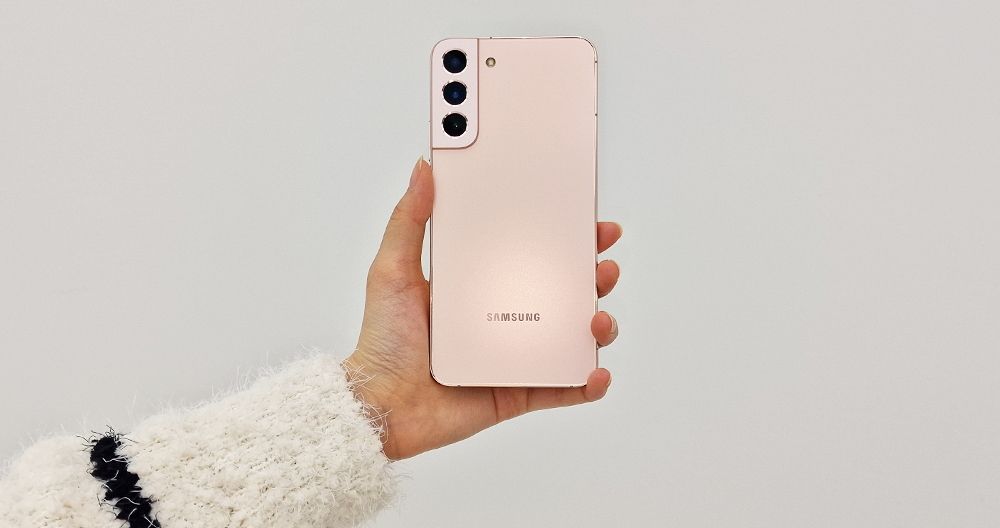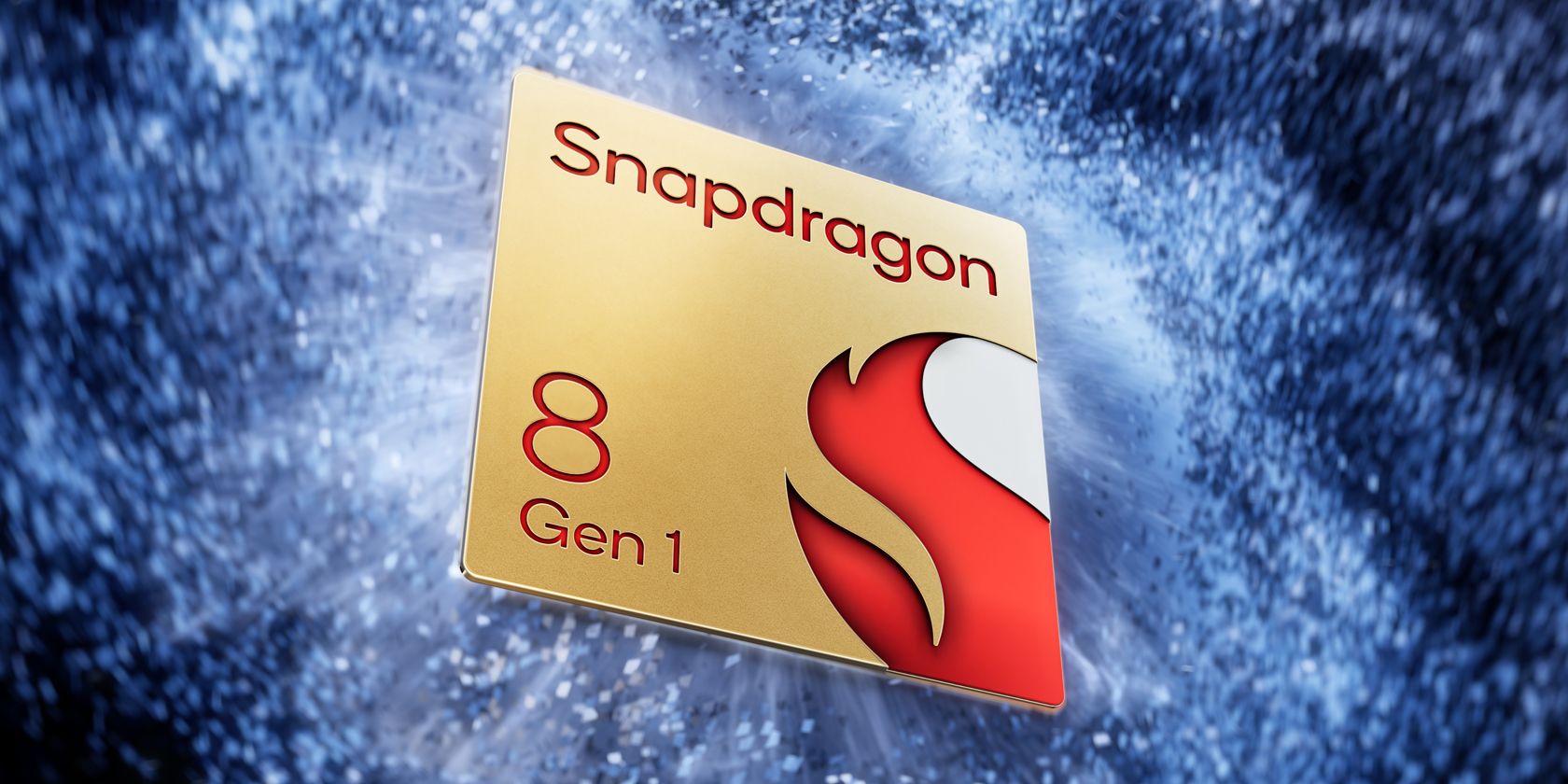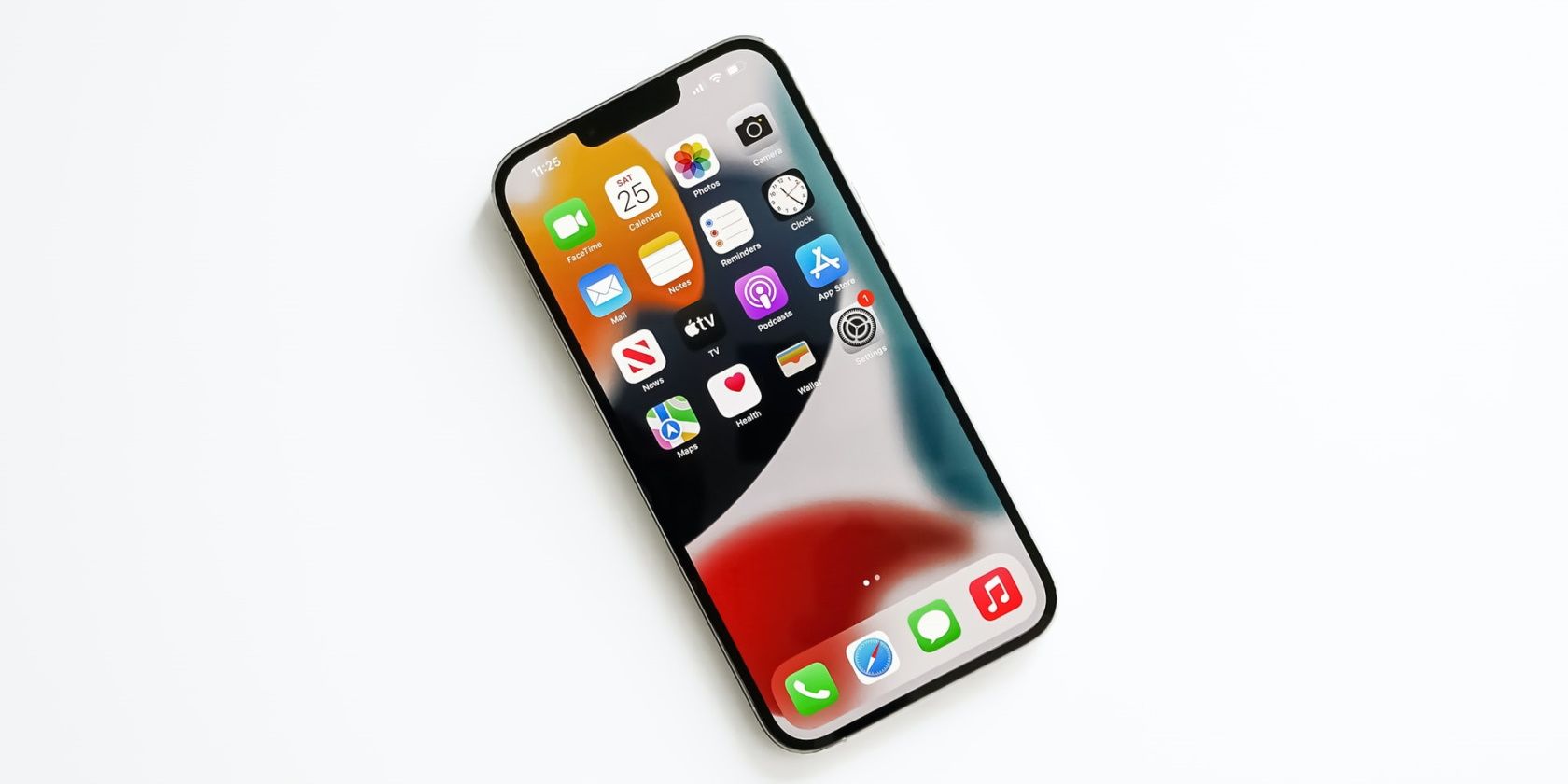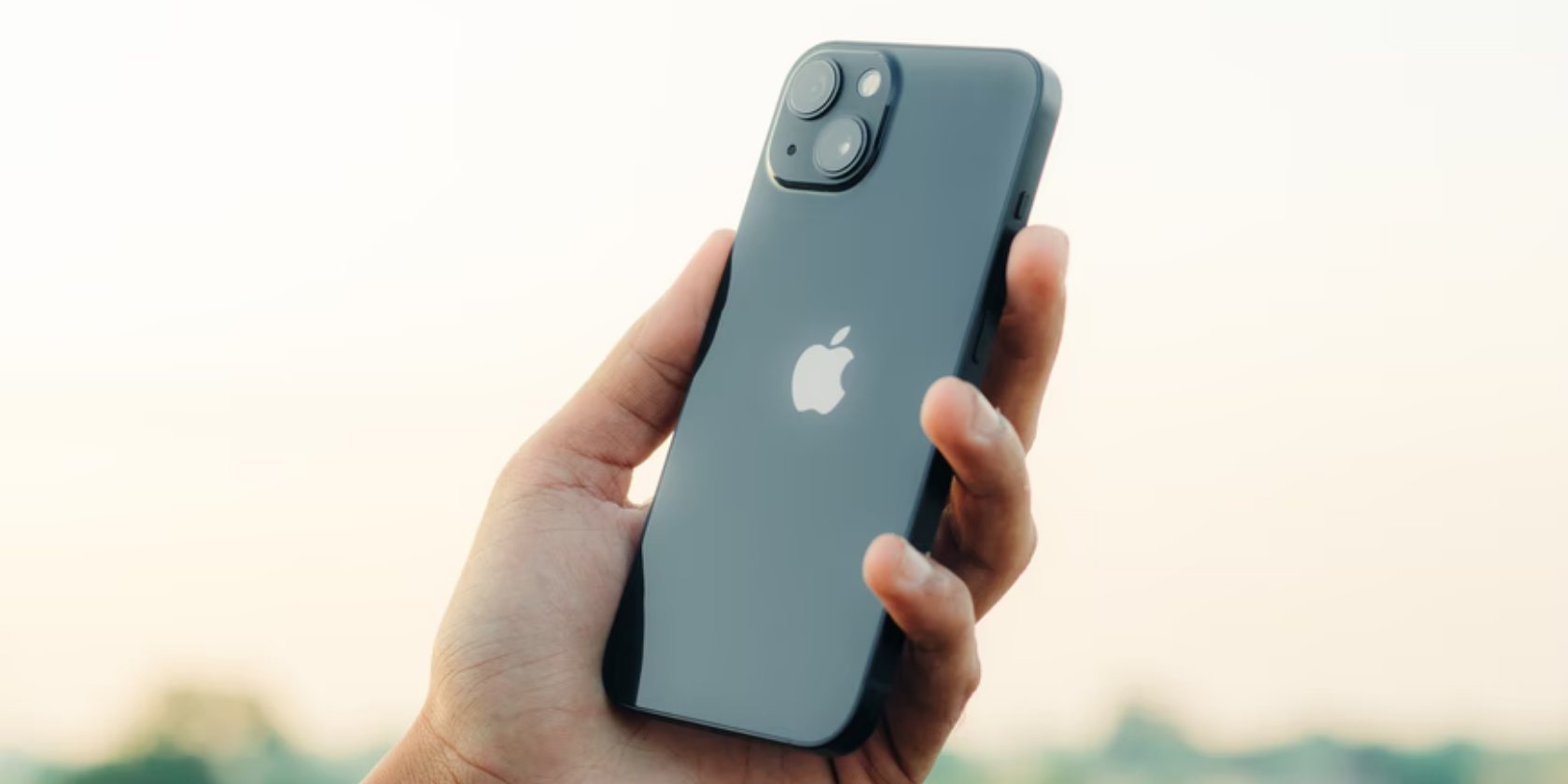If you're in the market to buy a new flagship, you might be tempted to get the iPhone 14 Pro Max or the Galaxy S22 Ultra. And while these devices do represent the pinnacle of smartphone innovation, they might not be the right pick for you, as they don't give the best value for your money.
For the average user, buying a smartphone is more about utility, reliability, and affordability than about playing with crazy new features. So, let's compare the iPhone 14 and Galaxy S22 to see which offers more bang for your buck. Note that both devices launched at $799.
Dimensions and Build Quality
- Samsung Galaxy S22: 146 x 70.6 x 7.6 mm; 167 grams; IP68 dust and water-resistant
- iPhone 14: 146.7 x 71.5 x 7.8 mm; 172 grams; IP68 dust and water-resistant
The Galaxy S22 is shorter, narrower, thinner, and lighter than the iPhone 14, making it a perfect option for those with smaller hands. Both devices have an aluminum frame and an official IP68 rating for dust and water resistance.
The Galaxy S22 comes with Gorilla Glass Victus+ protection on the front and back, while the iPhone 14 boasts its Ceramic Shield coating on the front glass. The iPhone 14 is eSIM only for buyers in the US, which can be problematic if you travel a lot.
Perhaps the most infuriating thing about the iPhone 14 lineup is that it still uses a Lightning port. In our detailed comparison of Lightning and USB-C ports, we explained that the former clocks a USB 2.0 data speed of just 480Mbps. For context, USB 2.0 launched in 2000, meaning your iPhone still uses a technology that's two decades old!
Camera
- Samsung Galaxy S22: 50MP f/1.8 primary, OIS, Dual Pixel PDAF, 8K video at 24FPS; 12MP f/2.2 ultra-wide (120-degree FoV); 10MP f/2.4 telephoto, OIS, PDAF, 3x optical zoom; Front: 10MP f/2.2, Dual Pixel PDAF, 4K video at 60FPS
- iPhone 14: 12MP f/1.5 primary, sensor-shift OIS, Dual Pixel PDAF, 4K video at 60FPS; 12MP f/2.4 ultra-wide (120-degree FoV); Front: 12MP f/1.9, PDAF, 4K video at 60FPS
The iPhone 14's camera system is almost identical to the one on the iPhone 13. The 12MP main sensor is still reliable and consistent, as we've come to expect from iPhones, but the absence of a dedicated telephoto lens is a bit saddening. The Galaxy S22 has a 10MP telephoto lens with OIS and 3x optical zoom, which will help take better zoom shots.
Both devices take amazing daytime shots, but the Galaxy S22 tends to have slightly better dynamic range and more vibrant colors thanks to its aggressive image processing. That said, some users complain that Samsung phones sometimes over-process photos.
The iPhone has a slightly faster shutter speed and much smoother video, which is great for shooting waterfalls, pets, and other moving objects. Both devices handle low light shots differently, too; the iPhone is dimmer but less grainy, while the S22 is brighter but noisier.
Processor
- Samsung Galaxy S22: Snapdragon 8 Gen 1/Exynos 2200; 4nm process; Adreno 730/AMD Xclipse 920 GPU
- iPhone 14: A15 Bionic; 5nm process; 5-core GPU
This year, the base iPhone 14 doesn't include the latest A16 Bionic chip that's present on the Pro models and instead reuses last year's A15 Bionic chip found on the iPhone 13 series. As you might expect, this was a pretty controversial move for obvious reasons.
But does it really impact your buying decision? Well, on one hand, the A15 Bionic is already super powerful and efficient, way more than the Snapdragon 8 Gen 1/Exynos 220 on the Galaxy S22—so much so that it's not even a competition.
But on the other hand, you should remember that you're paying full price for a product that uses a year-old component. And since the processor is responsible for so much more than just performance (image processing, for example), it also means that the iPhone 13 can already do almost everything that the iPhone 14 can.
Display
- Samsung Galaxy S22: 6.1-inch Dynamic AMOLED 2x; 1080 x 2340 resolution; 425 PPI; 1,300 nits peak brightness; 120Hz refresh rate; HDR10+; Gorilla Glass Victus+; Always-on Display
- iPhone 14: 6.1-inch Super Retina XDR OLED; 1170 x 2532 resolution; 460 PPI; 1,200 nits peak brightness; 60Hz refresh rate; HDR 10; Ceramic Shield protection; Always-on Display
In 2022, it's sad to see a phone that costs nearly $800 packing a 60Hz refresh rate, but that's what you get with the iPhone 14. And on top of that, the iPhone 14 still sports a notch at the top of the display; it does not get the iPhone 14 Pro's new Dynamic Island cutout which is even sadder.
The Galaxy S22 has a 120Hz refresh rate with a minimal punch-hole selfie camera cutout that feels less intrusive, but it lacks an LTPO panel to save battery life. Despite that, the S22 still features an always-on display, which the iPhone 14 doesn't get—it's exclusive to the iPhone 14 Pro.
RAM and Storage
- Samsung Galaxy S22: 8GB RAM; 128GB/256GB storage
- iPhone 14: 6GB RAM; 128GB/256GB/512GB storage
The A15 Bionic chip is efficient enough that it doesn't need as much RAM to run the device. Because of this, the 6GB RAM on the iPhone 14 will allow the same level of multitasking capability as the Galaxy S22 with its 8GB RAM.
Both devices start at 128GB of internal storage, but only the iPhone 14 can be extended to 512GB of max storage, whereas the S22 limits it to 256GB. Both devices lack a microSD card slot for expandable storage.
Battery
- Samsung Galaxy S22: 3700mAh battery; 25W fast wired charging; 15W wireless charging; 4.5W reverse wireless charging
- iPhone 14: 3279mAh battery; 15W MagSafe wireless charging support; 7.5W with Qi wireless charging
Thanks again to the efficiency of the A15 Bionic chip, it also drains less battery. That means the smaller 3279mAh cell on the iPhone 14 will offer a slightly longer battery life than the 3700mAh cell on the Galaxy S22.
Also, do remember that the Galaxy S22 offers 25W charging support, whereas you're limited to 20W on the iPhone 14, meaning you'll be able to charge the Samsung phone faster. But no matter which phone you buy, you'll have to buy the charger separately.
The Galaxy S22 Is a Better Deal Than the iPhone 14
There's so little that's new about the iPhone 14 that it doesn't inspire a purchase decision. The 60Hz refresh rate, Lightning port, no SIM card slot, no telephoto lens, and the outdated notch design certainly give you all the reasons to avoid this device.
The Galaxy S22 is a more well-rounded flagship and leaves little to complain about. But if you still want an iPhone regardless, we suggest buying older iPhones that are now available for cheaper, have almost the same specs, and offer much better value than the iPhone 14.

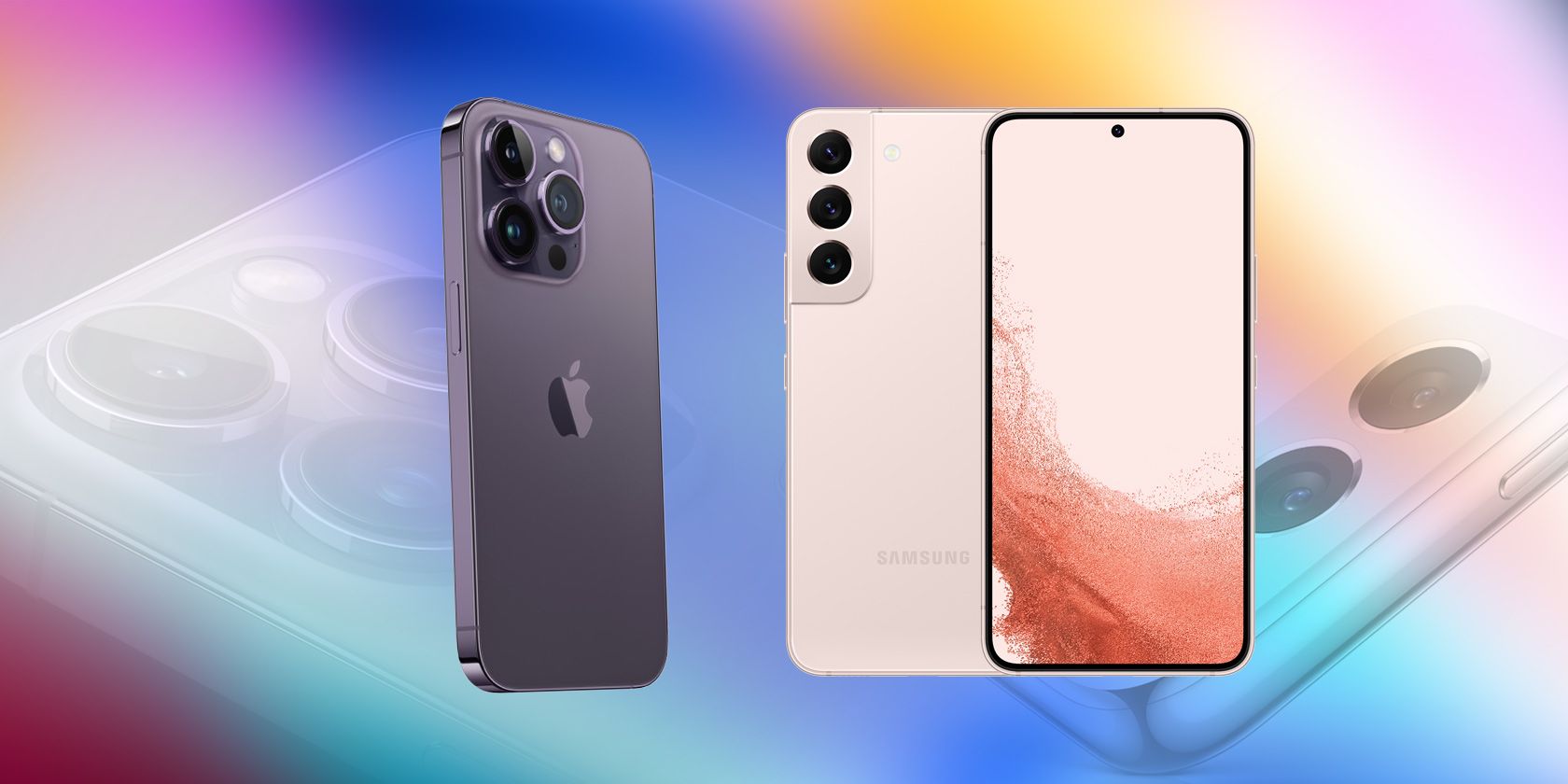
.jpg)
